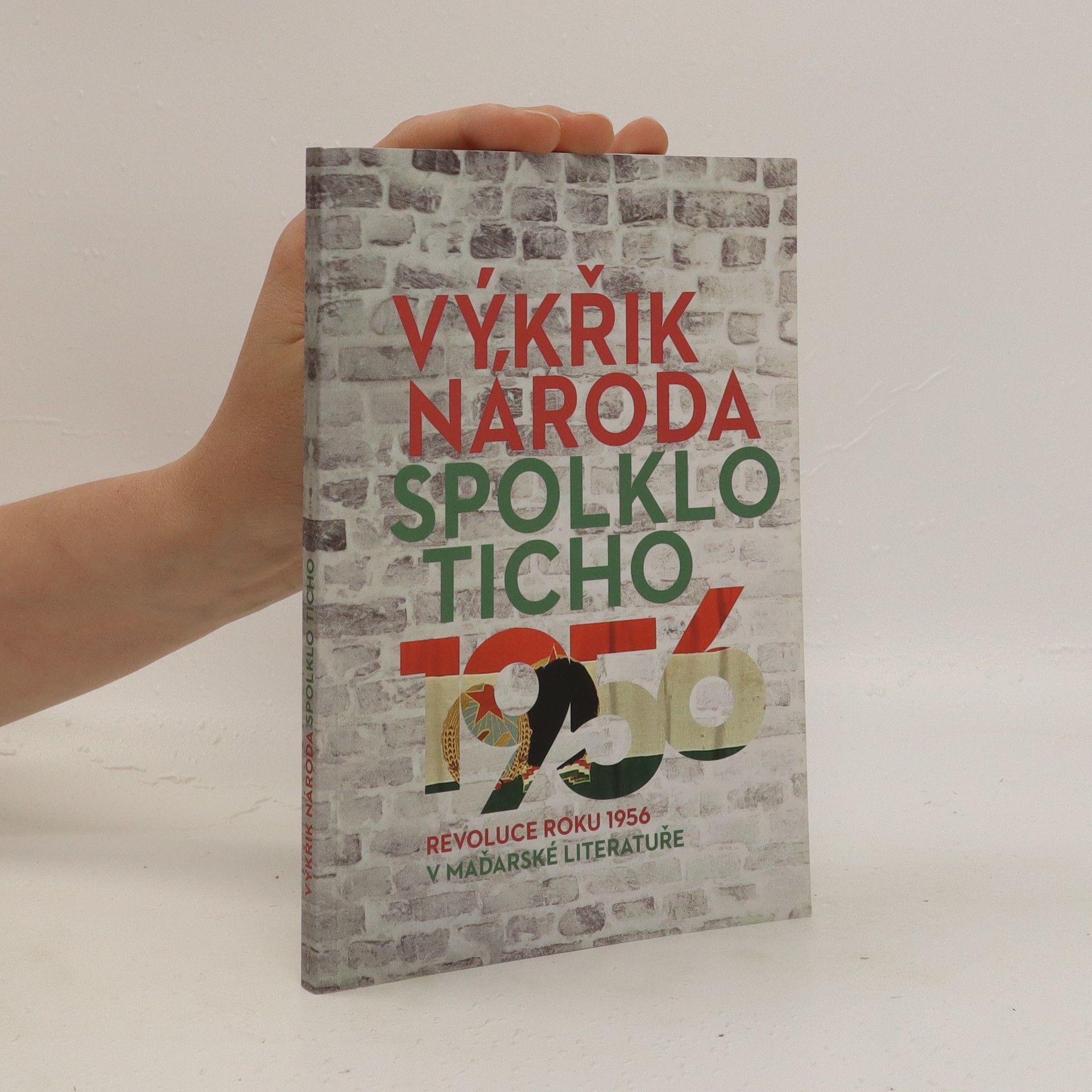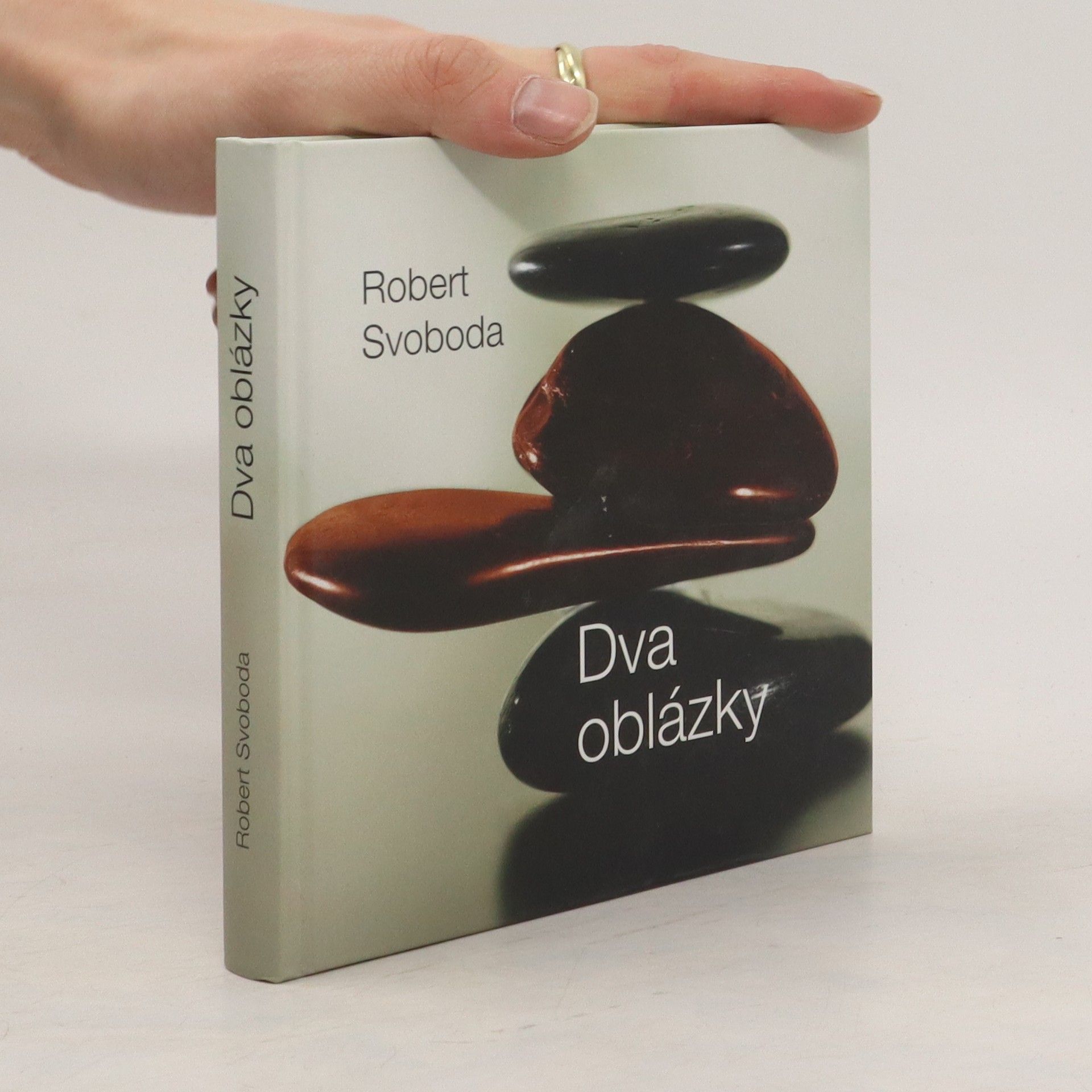Książka Prakriti. Odkryj swoją pierwotną naturę wprowadzi Cię w świat ajurwedy starożytnej medycyny indyjskiej. Prakriti to unikalne połączenie subtelnych energii, które w momencie narodzin określają budowę naszego ciała, nasz temperament, preferencje. Oznacza ono najgłębszą wewnętrzną naturę każdego człowieka.
Robert Svoboda Book order
This author delves into the profound philosophical and spiritual traditions of India, drawing inspiration from tutelage under the Aghori Vimalananda. Through this connection, they explored subjects such as Ayurveda, Yoga, Jyotisha, and Tantra. Their literary work likely reflects these deep insights and spiritual understandings. This unique blend of esoteric study and practical experience shapes a distinctive authorial voice and thematic focus.

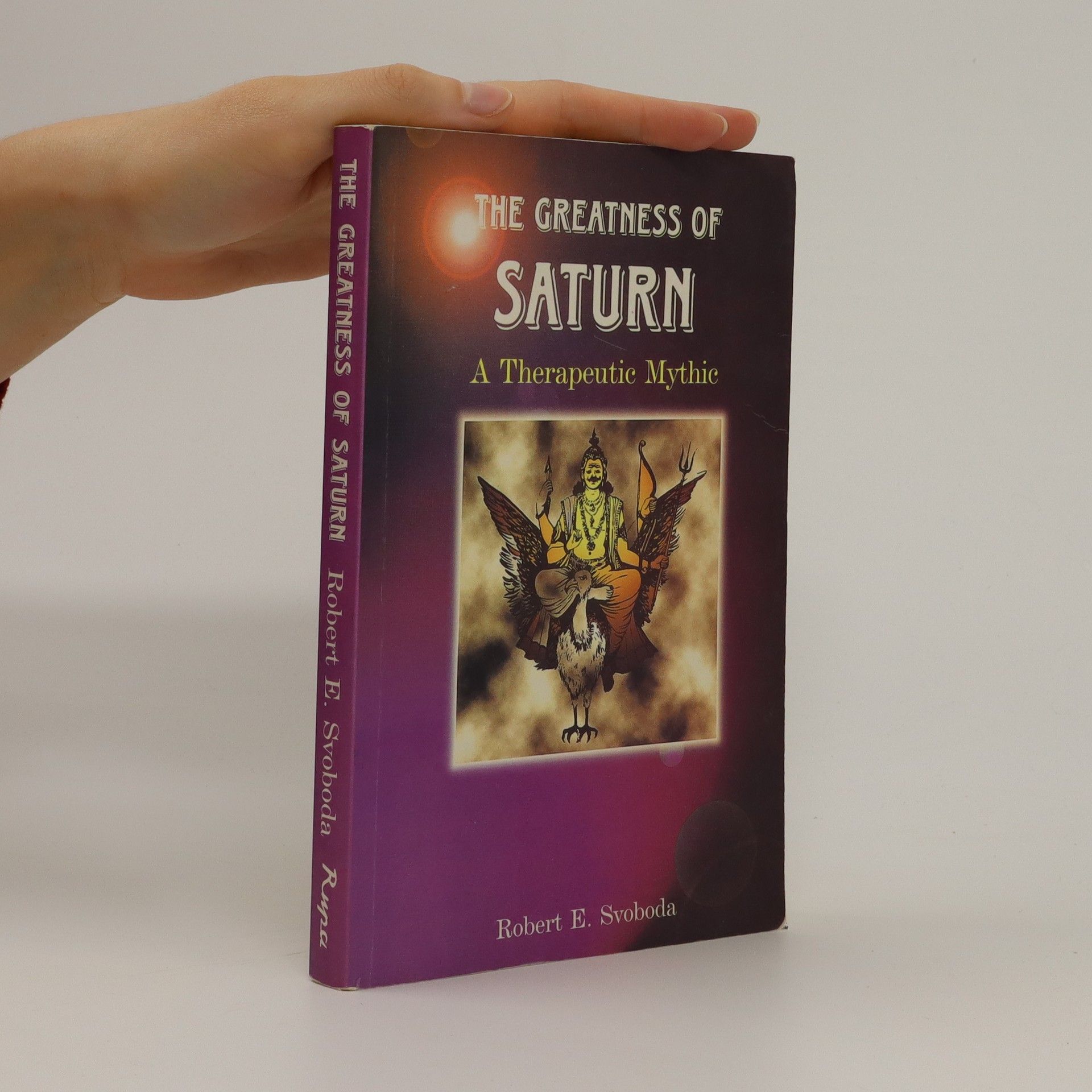

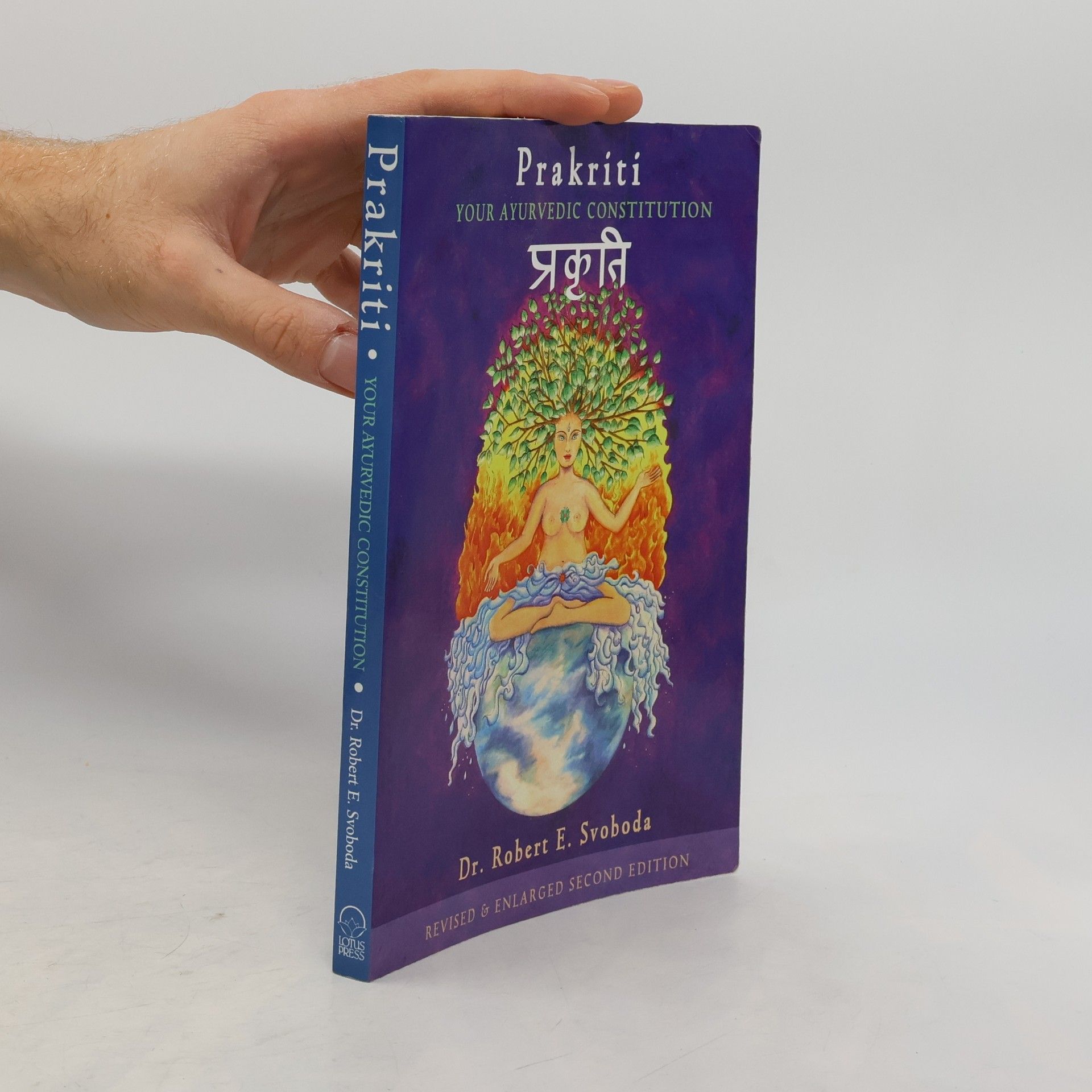
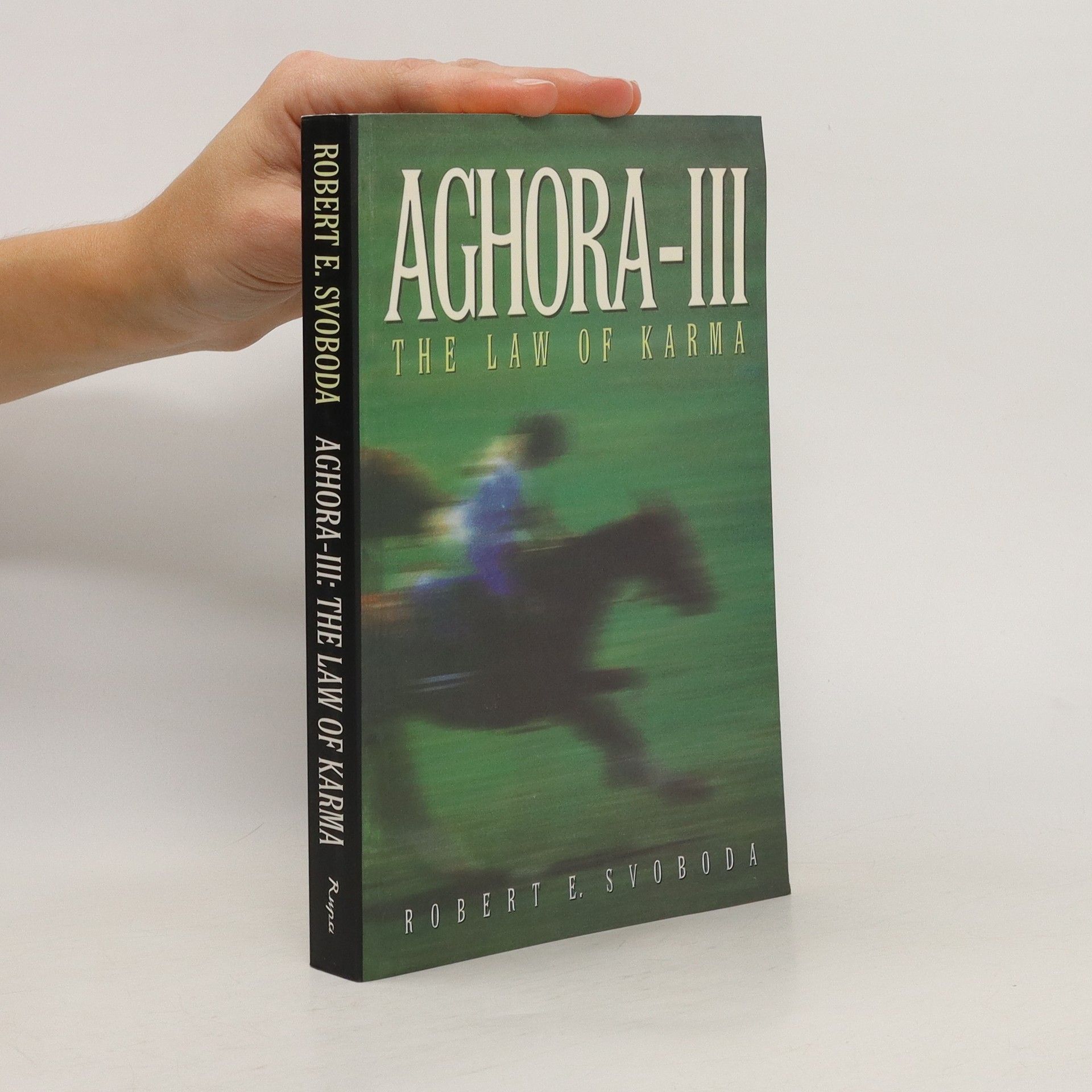


- 2024
- 2022
Čínská medicína a ajurvéda - Tao a Dharma
- 230 pages
- 9 hours of reading
Čínská medicína a ájurvéda se zabývá přetrvávajícími rysy nejdéle a nepřetržitě praktikovaných medicínských systémů lidstva. Tato dvě původní domorodá léčitelská umění, která vznikla nezávisle na sobě v Indii a Číně, se propojovaly a vyměňovaly si zkušenosti, techniky a terapeutické látky po všechna období svého rozvoje. Poutavé a cenné srovnání obsažené v této knize představuje průkopnickou snahu prozkoumat společně dva významné systémy léčitelství, které důkladně podrobuje pátrání po historických, teoretických i praktických vztazích. Přitom nabízí synergistický a inkluzivní přístup včlenění těchto prastarých paradigmat do moderní léčby. „Tradiční čínská a ájurvédská medicína se skládá ze dvou hlavních odkazů ke zdraví a léčení ze starověkého světa…taoistický koncept jin-jang a ájurvédská teorie tří dóš… používaly se podle odpovídajícího kulturního kontextu, aby bylo možné stanovit tu nejvyrovnanější a nejvhodnější dietu, bylinky, cvičení a životní styl podle zděděné konstituce, celoživotní práce a klimatu… V těchto dobách maximální roztříštěnosti je vážně zázrak, že se popřává sluchu věčným pravdám a léčitelskému potenciálu těchto význačných starověkých filozofií… A proto je tato hodnotná práce tak důležitým příspěvkem.“ Michael Tierra, O.M.D., Autor Planetární fototerapie a Cesty bylin Robert Svoboda absolvoval Tilak Ayurveda College na univerzitě v Puné v roce 1980 a poté se stal jediným Zápaďanem, který se kdy stal licencovaným ájurvédským léčitelem, jímž je až dodnes. Od té doby hodně cestoval, přednášel a vedl workshopy týkající se ájurvédy. Mezi jeho texty patří: Prakrti: Vaše ájurvédská konstituce a Ájurvéda: životní zdraví a dlouhověkost. Pan Svoboda působí na Ájurvédském institutu v Albuquerque v Novém Mexiku a čas dělí mezi Severní Amerikou, Havají a Indií. Arnie Lade je akupunkturista praktikující ve Victorii v Britské Kolumbii, kde žije se svou manželkou a dětmi. Vystudoval čínštinu na univerzitě ve Viktorii a univerzitu v Sia-men, akupunkturu a orientální medicínu pak na Vysoké škole tradiční čínské medicíny v Pekingu a Čcheng-tu v Číně. Je také autorem Akupunkturních bodů: zobrazení a funkce, což je standardní studijní text v této oblasti, a je spoluautorem Čínské terapie masáží. Hojně přednáší a v současné době působí v Centro de Estudos de Medicina Oriental v Brazílii.
- 2022
Listráň
- 72 pages
- 3 hours of reading
Meditativní stavba mýtu o člověku toužícím po rostlinném bytí jako náčrtu vzpomínek na pradávné časy, kdy svět živých organismů tvořil homogenní jednotu, kdy se všechno živé navzájem dotýkalo a splývalo spolu. Intimně laděná knížka úvah o staronovém sbližování a komunikaci se stromy je protkaná praktickými zážitky. Myšlenky probleskující do mozku ze zasutých vrstev podvědomí se spojují v útržky domyslitelného příběhu, jakéhosi osobního vyvrcholení dvou starších mýtických kosmických kronik Mátyáse Sirokaiho, Knihy svědků beatových (A beat tanúinak könyve) a Těm, co v přeludu (A káprázatbeliekhez). Po listráni, stejně jako po jiné stráni, vystoupíme na vrchol nebo seběhneme do údolí, ale můžeme také zůstat někde uprostřed a stát se její součástí. Větve stromů se křiví, ohýbají a ukazují cestu. Chcete se stát hudebním nástrojem větru?
- 2022
Diavolina: vyprávění o Rusku
- 166 pages
- 6 hours of reading
Mrazivá groteska vyprávěná ženou, která byla při tom. Diavolina (Olympiada Čertkovová), původně služka, později lékařka, sloužila řadu desetiletí Maximu Gorkému, nakonec se stala jeho ošetřovatelkou a poslední láskou. Spiró líčí hlasem této chytré a bystré ženy ruský a sovětský svět, svět Leninův a Stalinův, rozrůstající se v tablo revolucí, intrik, a hlavně bezpočtu mrtvých. Smrtelně nemocný Gorkij se po návratu do Ruska pokoušel Stalinovi zároveň vzdorovat i vyhovět, zachraňoval lidi a současně psal stalinisticky laděné články. Všechny postavy románu skutečně žily, i ty nejneuvěřitelnější situace se skutečně udály. Plejáda herců, spisovatelů, špiclů, dobrodruhů, lidí proplouvajících pohodlně životem i katů představuje svět, o němž jsme se domnívali, že odešel s 20. stoletím. Ale on trvá.
- 2018
Pravoslav Sovak : krajiny času = landscapes of time
- 220 pages
- 8 hours of reading
Katalog k výstavě Pravoslav Sovak - Krajiny času. Museum Kampa 24.2. - 27.5.2018
- 2017
Die absurde Situation, dass jemand von seinen eigenen Freunden ausgestopft werden muss, wird am Beispiel von Angelo Soliman deutlich. Als Kindersklave um 1720 nach Wien gekommen, erlangte er an verschiedenen Fürstenhöfen eine umfassende Bildung und wurde zu einem der brillantesten Köpfe seiner Zeit. Er bewegte sich in Freimaurerkreisen und pflegte Beziehungen zu Kaiser Joseph II sowie zu namhaften Wissenschaftlern. Trotz seiner Bildung war Soliman aufgrund seiner Hautfarbe auch eine Jahrmarktsattraktion und wurde nach seinem Tod auf eine Holzstatue gespannt, um als namenloses Exemplar seiner „Rasse“ im Hof-Naturalien-Cabinet ausgestellt zu werden, bis diese 1848 in einem Feuer zerstört wurde. Die Erzählung wird durch Gräfin Sophie Török, die Witwe des Literaten Ferenz Kazinczy, erweitert. Kazinczy, ein Freund Solimans, wurde zu Unrecht inhaftiert und verbrachte 2387 Tage im Gefängnis. Wie Soliman versuchte auch er, die Welt durch Wissen und Einsichten zu verbessern. Diese Geschichte ist nicht nur die von Angelo Soliman, sondern auch eine Parabel über menschliche Bosheit und Dummheit, die die Ideale von Geist und Schönheit zerstören. Der durch Humor durchzogene Erzählstil verleiht dem Roman eine faszinierende Tiefe.
- 2016
La miséricorde des coeurs
- 332 pages
- 12 hours of reading
Dans le nord-est de la Hongrie, douze ans après la répression de l'insurrection de 1956 une famille multiplie les efforts pour subsister quotidiennement. Le jeune fils observe et rend compte des réactions de ceux qui l'entourent : sa mère — fille d'un koulak — son père — fils du seul Juif rescapé du village — sa grande soeur et son petit frère, sa tante, ses grands-parents et les gens du village. Son récit permet de reconstituer l'histoire de cette famille et, en filigrane, celle de la Hongrie depuis le début du XXe siècle : les traumatismes provoqués par les affrontements de la Grande Guerre, le retour des rescapés du goulag ou les mesures communistes d'expropriation des terres... Ecrit avec une précision ethnographique rare. La Miséricorde des coeurs témoigne d'un long cheminement, d'une lutte incessante pour échapper au destin et devenir libre.
- 2015
- 2015
Levelek az árnyékvilágból
- 261 pages
- 10 hours of reading
Furcsa események helyszíne lett Ung vármegye 1839-ben, amelyekről első kézből, egy orvos levelezéséből értesülhetünk. Szeghalmi Lőrinczet kollégái szokatlan kóresethez hívják egy fiatalasszonyhoz, akit borzalmas görcsök gyötörnek, ám ha beveszi a helyi varázsoló ember gyógyító porát, megkönnyebbül, ám igen furcsa módon: eleven varangyos békákat kezd szülni. Az esettel a tekintélyes szakmai lap, az Orvosi Tár is foglalkozik, Szeghalmi doktor pedig egyre inkább belebonyolódik a nyomozásba. Borzalmas gyilkosságok, megelevenedő halottak és bosszúálló szellemek között kell küzdenie az életben maradásért és a rejtély megoldásáért. Szerencséjére segítői is akadnak: a tanulatlan füves ember, aki a népi gyógymódok avatott ismerője, valamint a titokzatos és szép nemes hölgy, Endrődy Ilona, akibe az orvos beleszeret, és akit szintén halálos veszély fenyeget. A történetben immár kettejük boldogsága a tét.A fennmaradt levelek tanúsága szerint, ha Szeghalmi Lőrincz történetesen nem az orvosi pályát választja, kivételes tehetségű író válhatott volna, stílusa és látásmódja egészen egyedi: az eseményeket sebészi pontossággal rögzíti, ám a szenvedély és a gyötrő kétségek minduntalan átütnek a szikár prózai anyagon.






